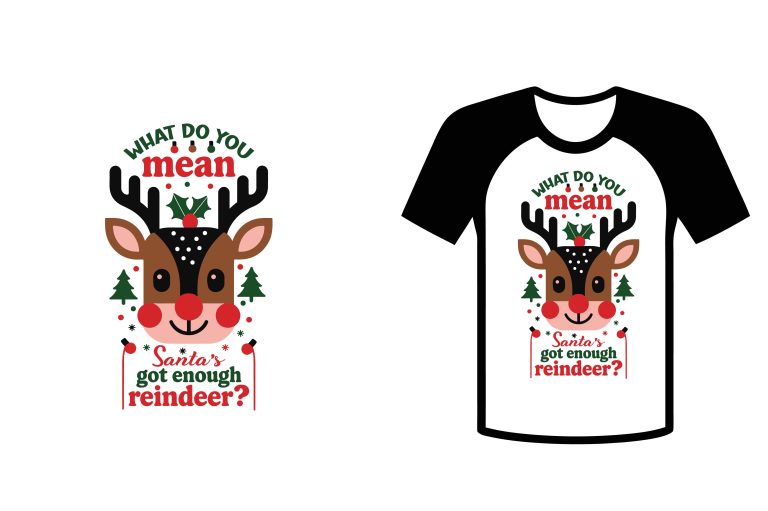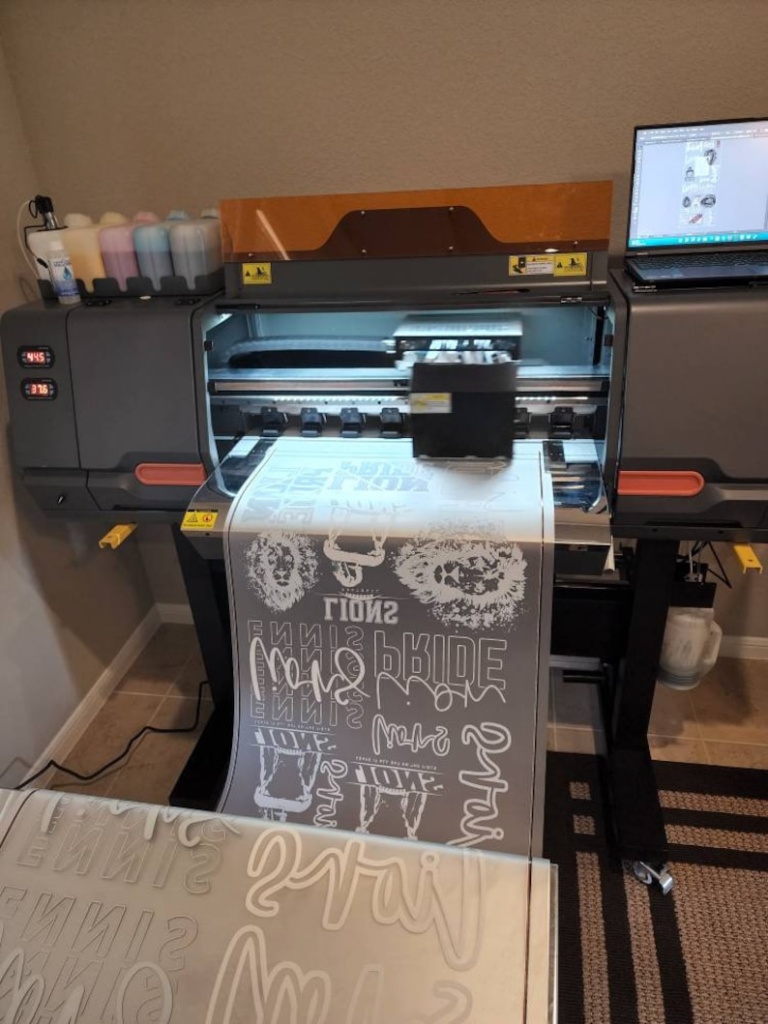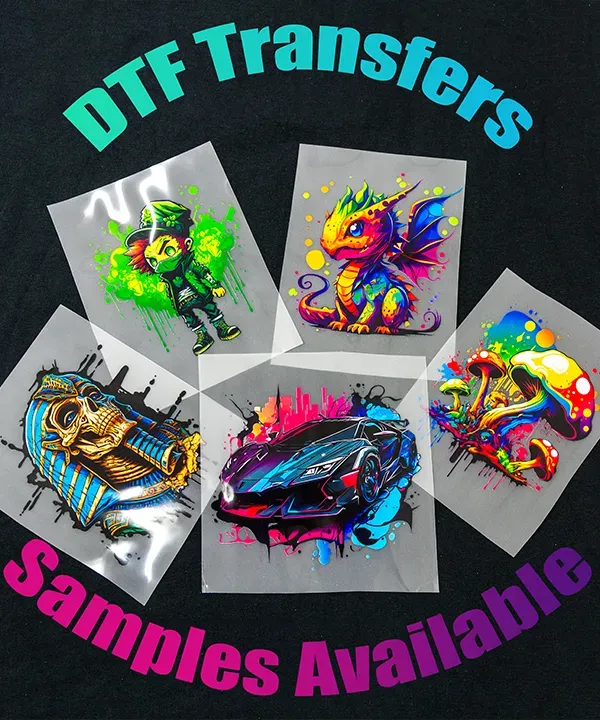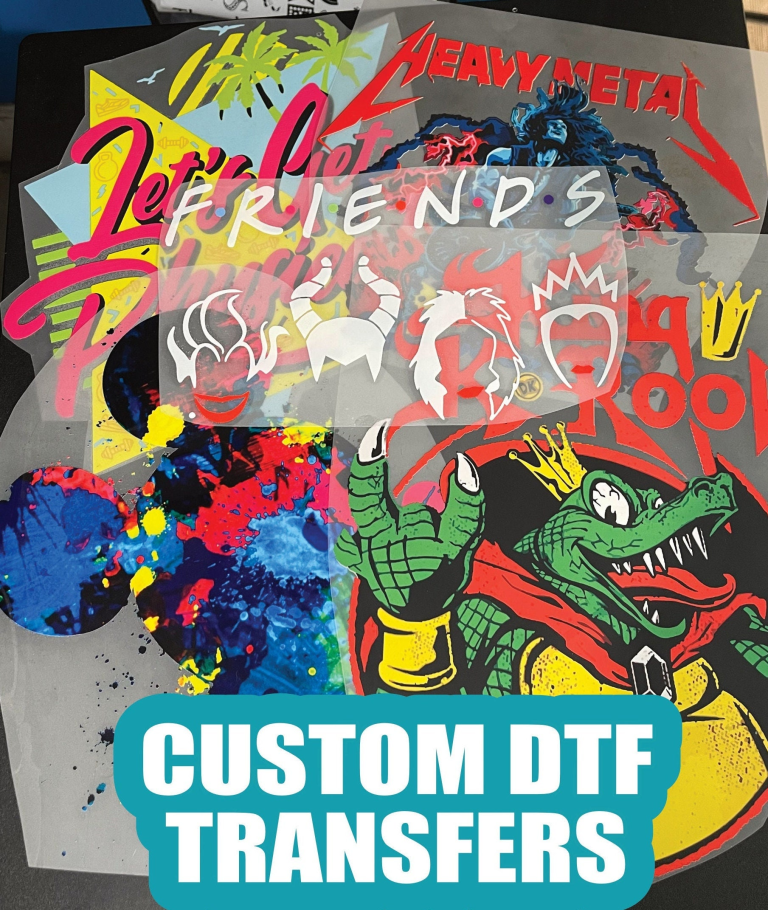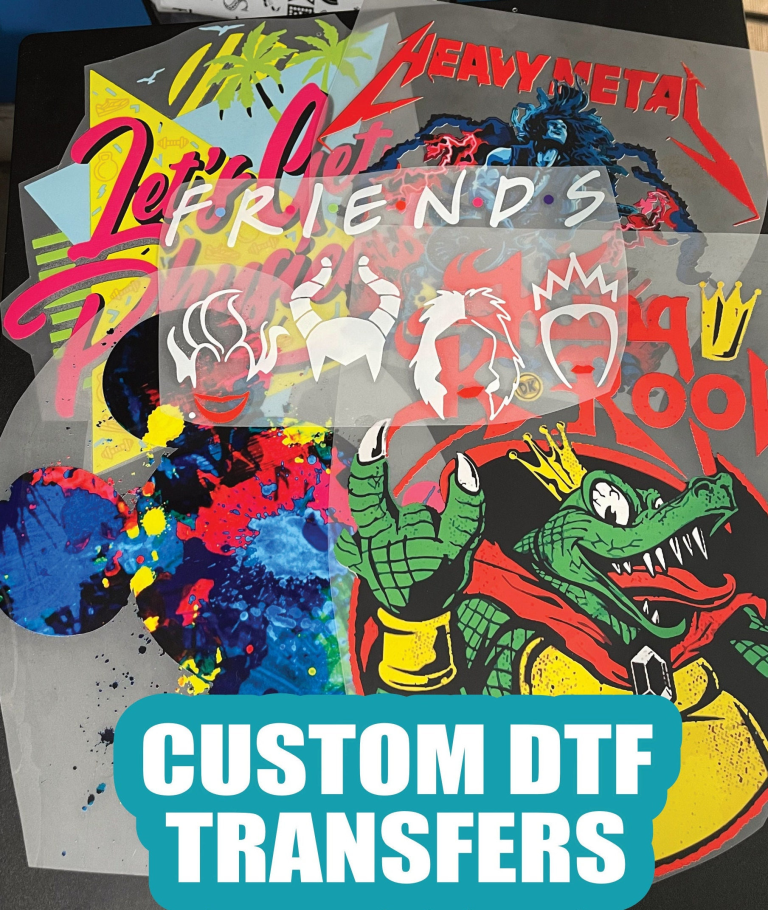DTF Transfers: The Ultimate Guide for Beginners
DTF transfers, short for Direct to Film transfers, have rapidly become a favorite among crafters and small business owners looking to create vibrant, custom designs on fabrics. As you delve into the world of DTF printing, you’ll discover its remarkable potential for producing stunning results on a variety of materials, making it an appealing option for both beginners and experienced printers. This guide will provide you with essential insights into DTF transfers, including what DTF printing entails, the necessary equipment for successful setups, and helpful tips to enhance your printing skills. Suitable for all skill levels, DTF printing for beginners aims to simplify the process while delivering beautiful, professional-quality results. Whether you’re exploring how to do DTF transfers or searching for the best DTF printing tips, this comprehensive resource will illuminate your printing journey.
Explore the exciting realm of film-based transfers, commonly known as DTF printing, an innovative technique that has transformed fabric printing for many enthusiasts. This method allows you to print intricate designs onto a special PET film, which can then be transferred onto various textiles with the application of heat and pressure. This versatile approach is gaining traction among individuals wanting to personalize apparel, creating unique pieces that stand out in the market. As you venture into this craft, understanding the essentials of transferring prints will pave the way for successful projects, making it an ideal entry point for newcomers in the printing world. Let’s uncover the secrets that make DTF transfers a valuable asset for any creative endeavor.
Understanding DTF Printing: A Beginner’s Overview
DTF printing, short for Direct to Film printing, is an innovative method that allows artists and hobbyists to create stunning designs on a wide range of fabric types. Unlike traditional printing methods, DTF utilizes a special film where designs are printed before being transferred to the fabric using heat and pressure, resulting in vibrant, high-quality prints. This technique has gained immense popularity due to its ability to cater to various materials, including cotton, polyester, and blends, thus providing flexibility in product offerings.
For beginners looking to dive into the world of fabric printing, understanding the basics of DTF printing is crucial. It simplifies the printing process by allowing multiple colors and complicated designs to be printed without the need for excess equipment setup. The entry barrier is notably low, making it an approachable option for crafters and entrepreneurs wanting to explore custom apparel design. As we delve further into this guide, you will discover how to execute DTF transfers effectively and the essential tools you’ll need.
Frequently Asked Questions
What is DTF printing and how does it work?
DTF printing, or Direct to Film printing, is a modern technique that uses a special film to print designs which are then transferred onto fabrics using heat and pressure. This method is known for producing high-quality, vibrant prints that adhere well to various fabric types, making it ideal for custom apparel.
What equipment do I need for DTF transfers?
To get started with DTF transfers, you need specific equipment which includes a DTF printer (or a modified inkjet printer), DTF film, adhesive powder, and a reliable heat press. These tools are essential for achieving professional-quality transfers.
How can beginners learn DTF printing effectively?
Beginners can learn DTF printing by utilizing online resources, such as detailed tutorials and instructional videos available on platforms like YouTube. Joining community forums dedicated to DTF printing can also provide valuable support and tips from experienced practitioners.
What are some helpful tips for doing DTF transfers?
For successful DTF transfers, beginners should always use high-quality materials, perform test prints to fine-tune their process, and strictly follow the instructions provided by their equipment manufacturers to avoid common pitfalls.
Why has DTF printing become popular among small businesses?
DTF printing has gained popularity among small businesses due to its affordability, ease of use, and versatility across various fabric types. This printing method allows for quick production times, making it ideal for custom orders and small-scale manufacturing.
What recent trends are impacting DTF printing?
Recent trends in DTF printing include technological advancements in ink formulations and equipment, which make the process more efficient. Additionally, the growing demand for personalized merchandise and DIY crafts has reinvigorated interest in DTF transfers, creating new opportunities for creators.
| Key Point | Details |
|---|---|
| What is DTF Printing? | A new printing method that transfers designs from a film to fabric using heat. Offers vibrant, high-quality prints suitable for many fabric types. |
| Why DTF is Popular | Cost-effective, easy to use for beginners, and versatile across fabric types. |
| Essential Equipment | Includes a DTF printer (or modified inkjet), quality PET film, adhesive powder, and a heat press. |
| DTF Transfer Steps | 1. Design creation 2. Printing on DTF film 3. Applying adhesive 4. Heating 5. Transferring to fabric. |
| Tips for Beginners | Invest in quality materials, perform test prints, and follow manufacturer guidelines for best results. |
| Learning Resources | Online tutorials on platforms like YouTube and support from online communities make learning easier. |
| Recent Trends | Innovations in printer technology and adhesives are enhancing DTF printing and driving market growth. |
Summary
DTF transfers have revolutionized the way crafters and small business owners approach fabric printing. This technique not only allows for high-quality designs to be applied effortlessly to fabrics but also opens up a world of creative possibilities for personalization. With its affordability and user-friendly nature, DTF transfers make it accessible for beginners wanting to explore the vibrant potential of fabric design. By equipping themselves with the right knowledge and tools, users can harness the power of DTF printing to produce stunning results that stand out in the market.



